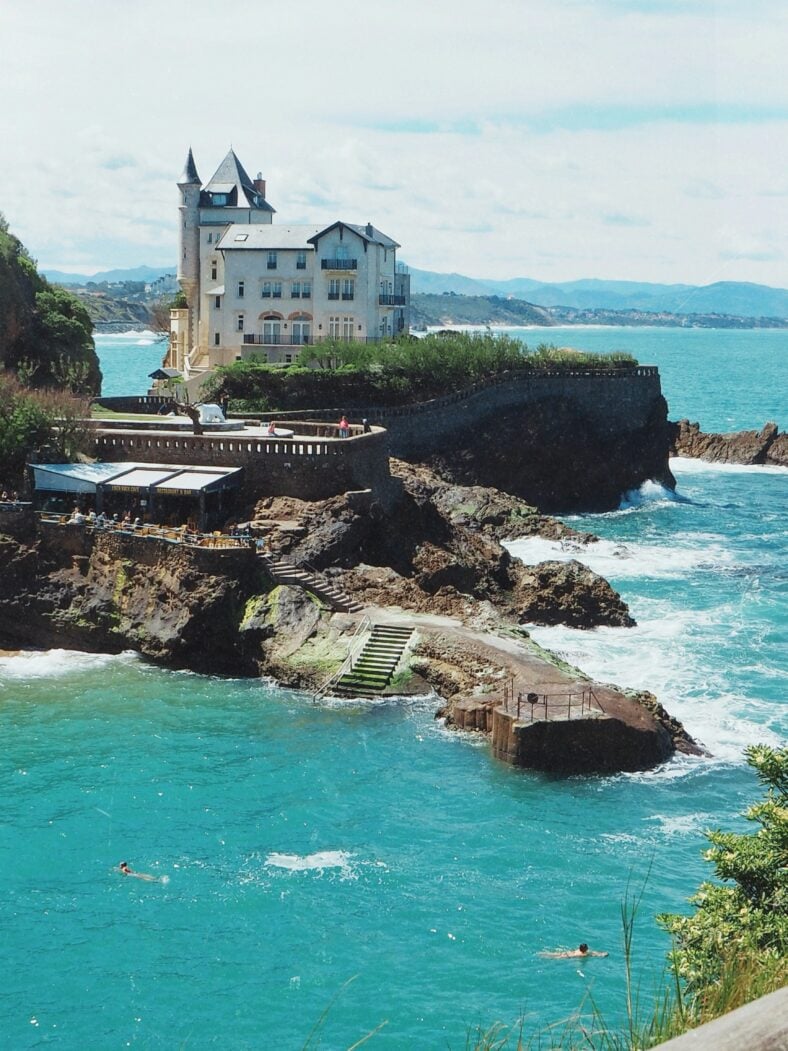
“Think of Biarritz, on the Bay of Biscay in southwest France, and the memory retrieves images of handsome European bluebloods and Hollywood royalty sipping cocktails and cavorting by a pool.” The quote, from the London Daily Mail, sounds like it is describing a scene from the ’60s; yet the article is of recent vintage, which neatly captures the essence of the destination: Though the name might itself might be familiar, and even quite evocative, relatively few people outside of Western Europe itself could accurately place it on a map—most likely picturing it somewhere on the Côte d’Azur.
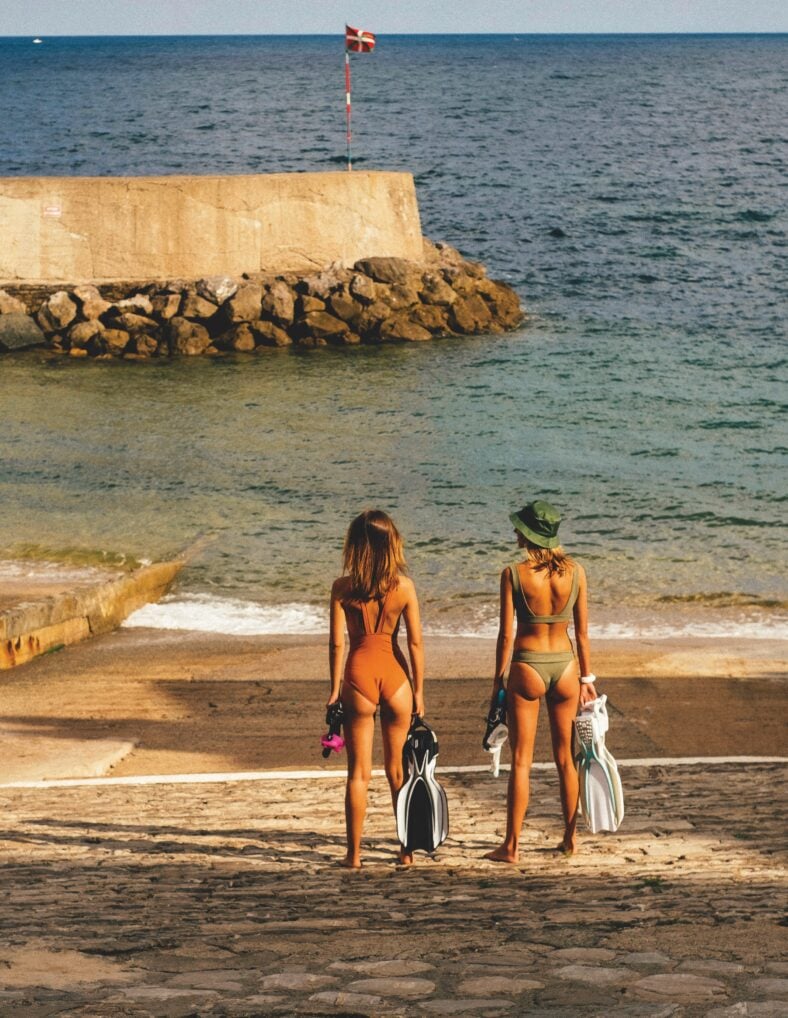
This is, however, Basque country, which those same people will probably insist is part of (neighboring) Spain. Therein perhaps lies part of its charm; you won’t see “Biarritz” emblazoned on sweatshirts and tote bags sported by those who’ve never been near the place (hello St Barths); its devotees are rather more discreet. Which isn’t to say that Biarritz—where the likes of Pablo Picasso, the Aga Khan, Coco Chanel, Ernest Hemingway, Orson Welles, Rita Hayworth, the Duke and Duchess of Windsor, Ava Gardner and Frank Sinatra once frolicked—doesn’t still attract its share of celebrities; it’s just that these days they tend to leave the paparazzi behind. The choice to travel to Biarritz in the first place more than likely means one is seeking an actual vacation rather than gossip-column placement.
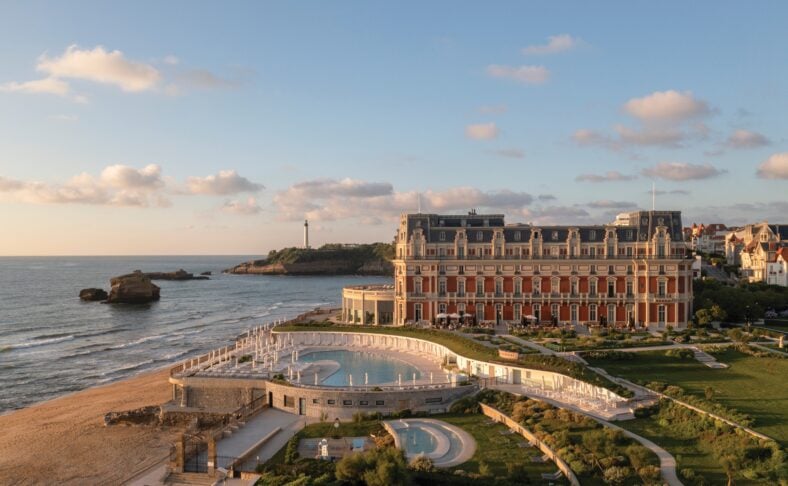
Nonetheless, Biarritz’s iconic Hotel du Palais, built as a private beachfront palace for Empress Eugenie by Napoleon III in 1855 and now a World of Hyatt property famous for its Michelin-rated restaurant and luxury suites, still crops up from time to time in Page Six; as do boldfaced Biarritz visitors such as Queen Letizia and King Felipe VI of Spain, Prince Harry and Megan Markle, and French President Emmanuel Macron and his wife Brigitte. They follow in the footsteps of the royals who originally put Biarritz on the map, as it were: Oscar II of Sweden, Leopold of Belgium, Tsar Nicholas II of Russia, Empress Elisabeth of Austria, Alfonso XIII of Spain, and Britain’s King George V, Edward VII and Queen Victoria.
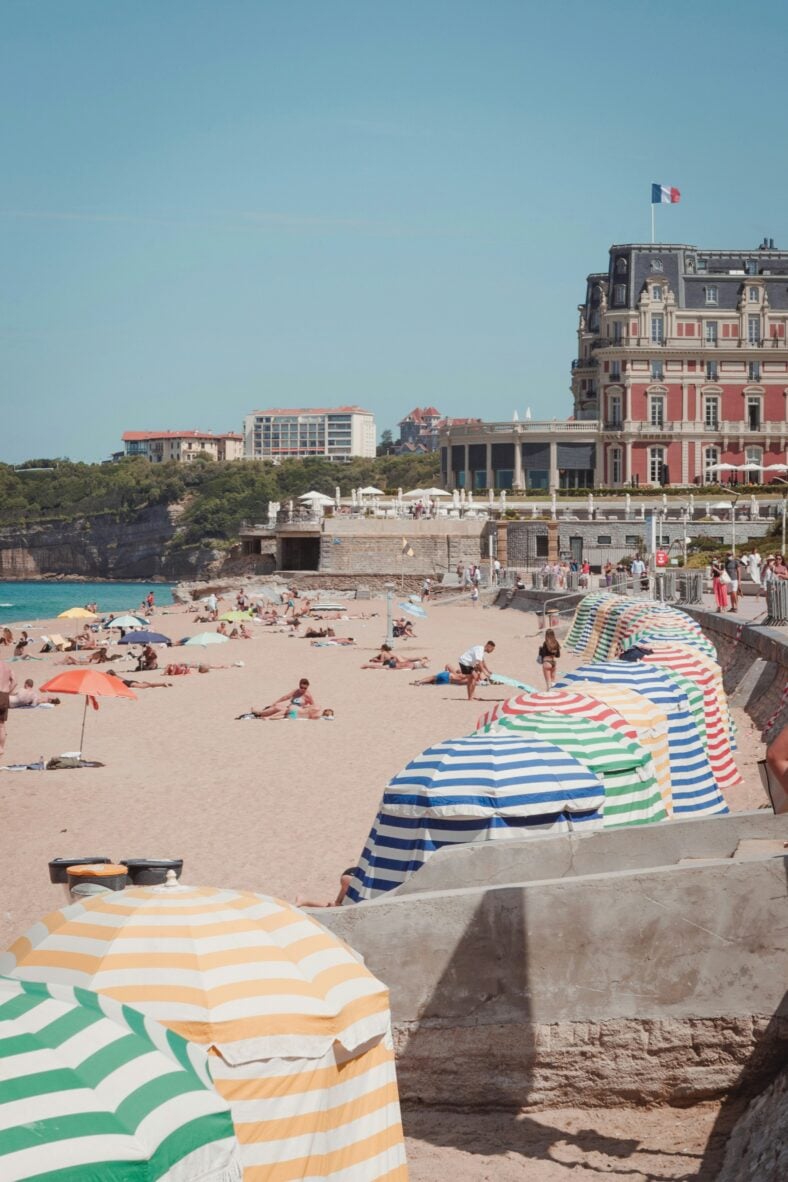
More contemporary visitors include Jean-Paul Gaultier, Justin Timberlake and Jessica Biel, Zoey Deutch, Bella Hadid, and Penélope Cruz, who turned up to the most recent edition of the Biarritz Film Festival – Nouvelles Vagues in a sheer Chanel dress and five-inch stilettos. Her choice in attire was eminently appropriate, as Coco Chanel opened her first-ever couture house in Biarritz in 1915, while former Chanel designer Karl Lagerfeld owned a villa in Biarritz for many years, calling it one of the most beautiful places in the world. He liked to say that, “Not one ugly thing can I see from my house.”
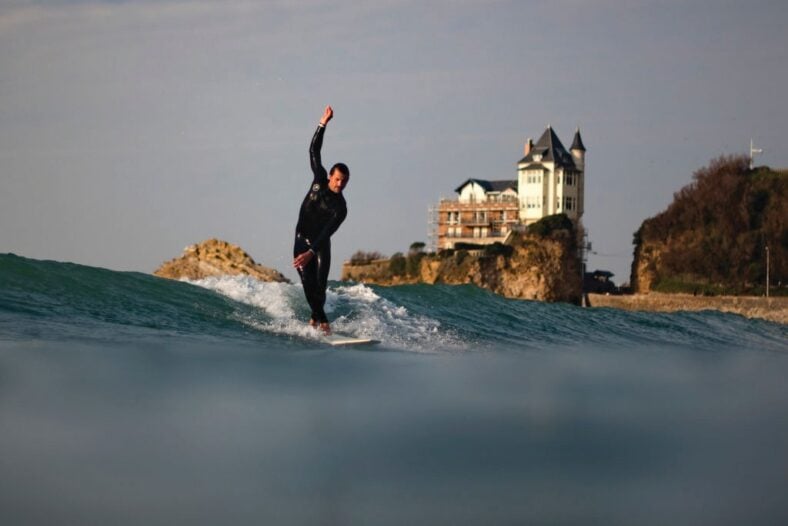
These days the likes of model Tina Kunakey, a Biarritz native who was formerly married to über-cool French film star Vincent Cassel, can be seen dancing at her favorite boîte Bar de la Plage after a long day spent surfing and lounging on the beach. Biarritz’s location on the Bay of Biscay in the northeast Atlantic Ocean makes for epic waves—it’s credited as the birthplace of surfing in France, a reputation it earned after an actor filming the 1950s screen adaptation of Ernest Hemingway’s The Sun Also Rises first dipped a longboard into the breakers at the Plage de la Côte des Basques. Biarritz has since hosted the French national surfing championships 11 times as well as three world championships (most recently in 2019), was a stopover on the professional world surfing tour in the ’80s and ’90s, and currently plays host to several annual world-class surf festivals.
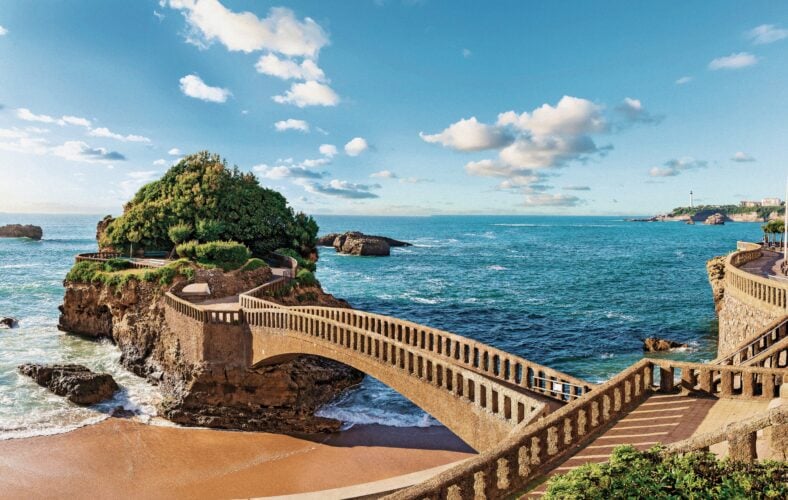
the beach at Le Rocher du Basta (Ergey Dzyuba/Alamy Stock Photo)
If, after reading this, you’re already planning a trip to Biarritz of your own, be sure to book that suite at the Hotel du Palais right away. A few months ago, French luxury publisher Assouline brought out Biarritz Basque, a tribute to the debonair destination in luxe coffee table book form, shortly after Vogue announced that “Biarritz is set to be this summer’s buzziest resort town.” “Biarritz is a way of life,” author and lifelong habitué of the locale Frédéric Beigbeder declares in the Assouline book. “Some people call it style. I call it happiness.” The Basques, he notes, “are not tetchy, like the Corsicans, but cheeky, hedonistic, musical, direct. They laugh loudly. Seriousness is badly thought of here, as are know-it-alls, hypocrites, and poseurs. If you’re looking for bling, go back to Cannes: You’ve docked at the wrong port. The entire world knows that Basque is, first and foremost, an art de vivre.”
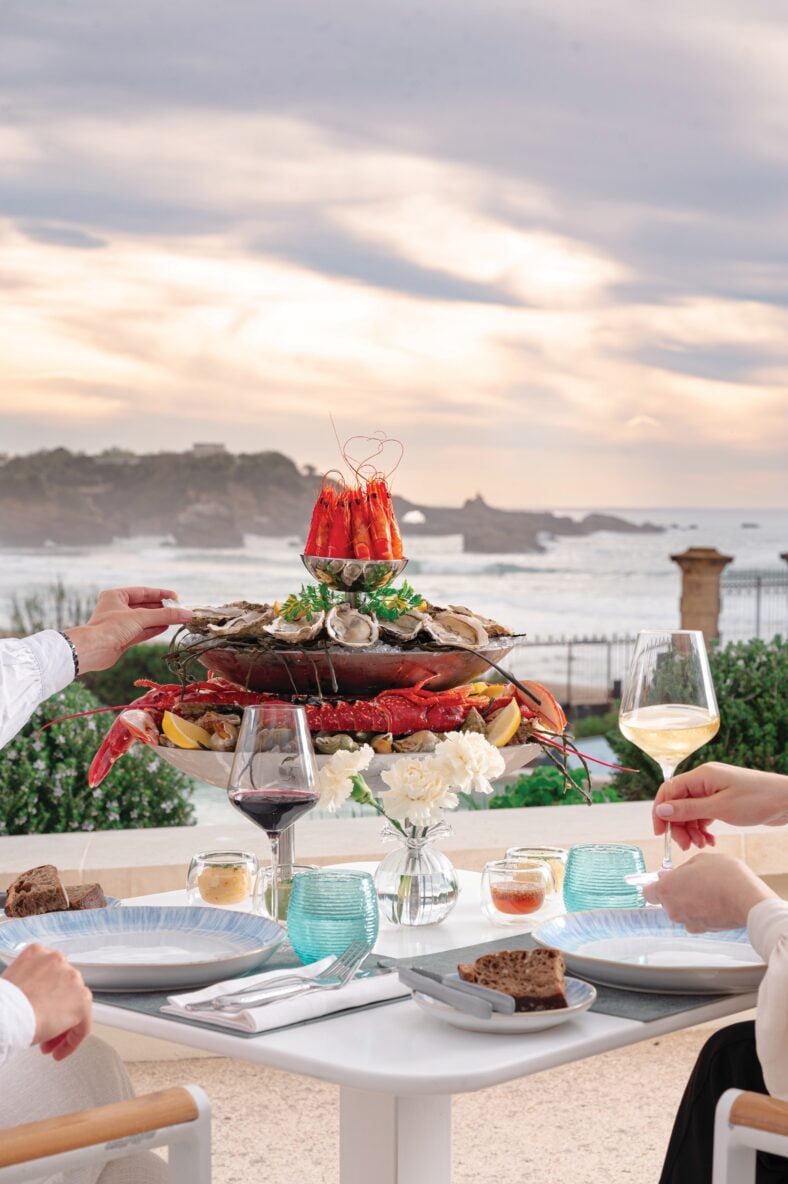
Hotel du Palais (Hotel du Palais)
Not that there hasn’t always been plenty of money here; that just wasn’t ever its raison d’être. “Biarritz was one of the great bathing stations of the Belle Epoque but also, and above all, of the Roaring Twenties,” Beigbeder writes. “That’s when the phrase ‘Cote d’Argent’ (Silver Coast) was first coined, though I don’t know if it refers to the color of the sky or the financial resources of the local aristocrats. These two decades forged Biarritz’s original style, which mixes Art Deco with… any old thing. There are villas built to look like castles, Russian churches, imperial palaces, Norman houses with their multicolored timbering, seven golf courses, psychedelic buildings, a casino, pincho bars, an old fishing port, surfing beaches, and even an aquarium and a lighthouse farther off, which helps late-night revelers orient themselves when they leave Opiom”– the most famous and exclusive nightclub in town.
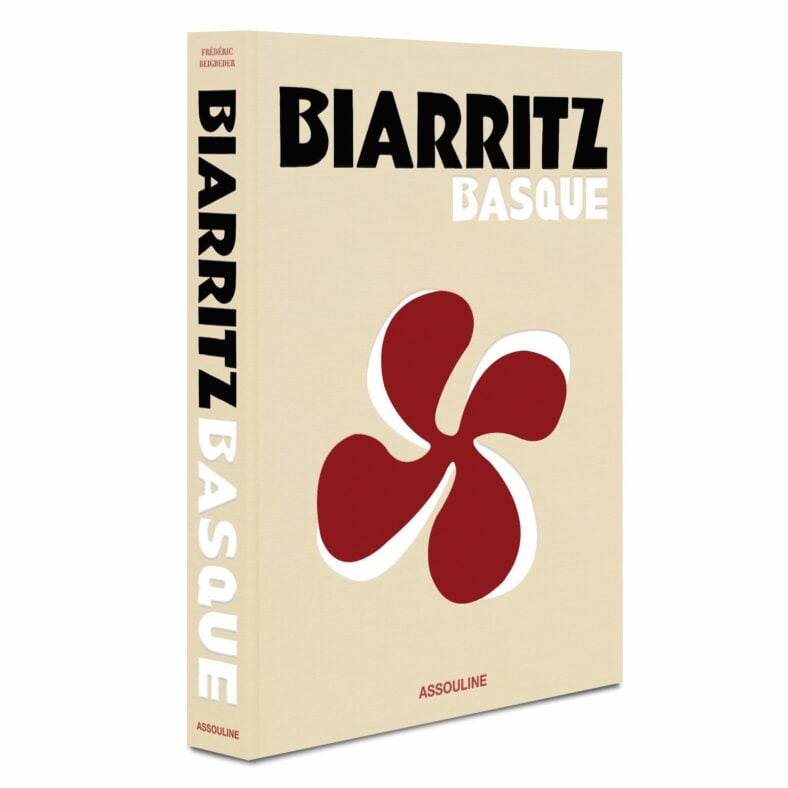
“There is nothing more pleasant in this world” Beigbeder writes, than admiring the iconic Villa Belza—a fairytale castle perched on the rocks which was once home to a Russian cabaret called Le Chateau Basque—“while gently sipping a Porn Star Martini at Eden Rock, the bar perched on the cliffs, in the old port of Biarritz. The Belza hosted exotic parties in the 1920s: One could dance the Charleston with a gorilla, a boa constrictor, and a Cossack choir,” while rubbing elbows with the likes of Coco Chanel and the Windsors. Biarritz, he proclaims, “is often trendy, which means, also, sometimes out of fashion. At the moment, it’s in favor, but genuine snobbery means having loved the town when it was not cool to do so.” And today, regardless of the vagaries of the press, “Biarritz attracts the whole world.”